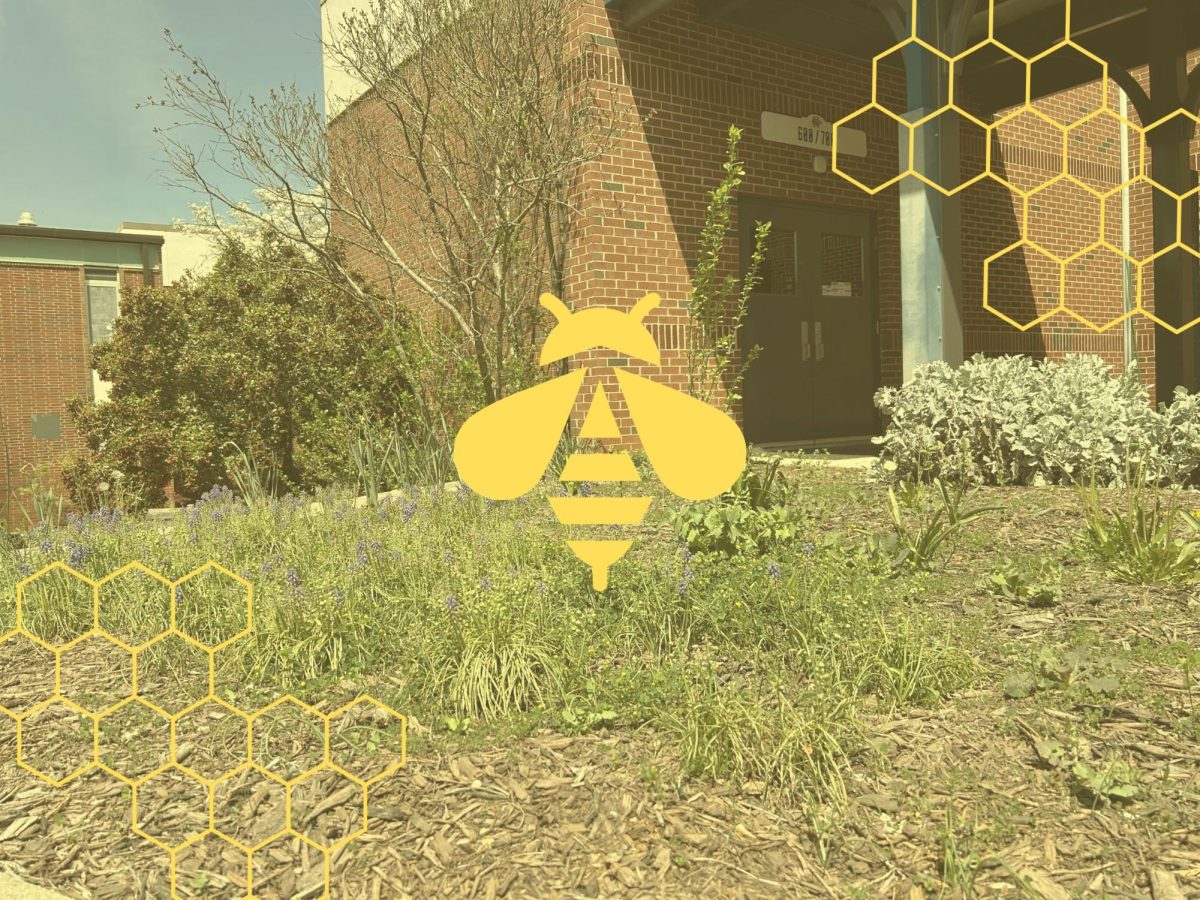After a semester of challenging work, the looming threat of Advanced Placement (AP) exams might leave students with pits in their stomachs. Questions about material from the beginning of the year cloud study sessions and leave sharp teenagers’ pencils dull, only emphasizing their worries about their upcoming test. While the cost of college education may ride on a number one through five, students do not need to stress. The process of elimination, a healthy preparation ritual and adherence to these five tips will guide high schoolers to accomplish their goals.
- Find helpful YouTube videos
While notecards and textbooks maintain relevance, access to a resource that students can review passively helps information stick. YouTube videos created by teachers of the class in question allow students to listen to information while studying. It also expands when they review by opening it up to multitasking: Students can refresh their memories while working on a project, doing dishes, or accomplishing any other task. For those students taking classes such as AP U.S. History or World History, Heimler’s History stands out as an excellent resource. On scientific subjects, Bozeman Science receives praise for his skill at breaking down complex topics.
2. Attend teacher review sessions or ask them pressing questions
Teachers, despite how certain unruly teenagers might perceive them, truly want their students to succeed in AP testing. While science and history teachers might offer opportunities to pick up old units in mornings and afternoons, such as AP Environmental Science teacher Julie Hopp’s review sessions, others might share online practice opportunities on the Cobb Teaching and Learning System (CTLS). By taking advantage of these opportunities, students gain additional study activities with immediate feedback. This feedback will help them avoid misconceptions on the test.
“For my students, I have set up a bunch of practices in AP Classroom. I would do any practices that a teacher sets up. It keeps everything fresh, not stored in some back brain cell. Especially if it’s a skills class, [practice] keeps those skills there, because if you have skills you dont lose them, but there’s a muscle memory to that that if you’re not using them, you’re a little bit rusty and a little less quick, and you know you have to be fast on those exams,” AP Language and Composition teacher Cathie Lawson said.
Additionally, students should not fear asking their teachers questions. These educators have known the material for years, whereas their students only recently began interacting with it. By asking questions about concepts or skills a learner has not yet mastered, students can gain a personalized explanation, which can help in ways that generic resources might otherwise fall short.
3. Stop studying by 8:00 PM the night before
The day before a test, students’ impulse to cram in all the knowledge possible may seem wise. In reality, high-quality sleep the night before allows the brain to work at its highest level. The process of sleeping also helps memory to transfer from short-term to long-term — an invaluable tool in test-taking. Since studying for tests weeks before they commence remains in students’ best interest, the time to rest their heads and relax will assist even supremely impassioned academics.
“It helps me to go to sleep and shut my brain off. [This way, I] actually retain information and not just swim in it. I have a habit of overdoing it, but to just let it be because if you know it, you know it; if you don’t, you don’t,” junior Caitlin Heeralal said.
4. Pack a bag with all necessities — fully charged
Although students may not carry unnecessary materials with them to the testing area, keeping a bag full of all the objects they will need or desire nearby can provide a sense of security. This school year, NC will administer all AP tests at least partially on computers, so one test-taking necessity includes a fully charged and updated school-issued laptop. Keeping the computer’s charging cord in the bag alongside a set of black pens and number two pencils will also ensure that students can tackle any situation, whether it presents as inideal battery longevity or an unexpected handwritten portion. For math and science tests, a fully-charged and College Board-approved calculator will come in handy, though the test will include a built-in Desmos calculator as well.
Alongside these devices, students should bring their Student Identification Documents (IDs); for proctors to administer the tests, scholars must present a valid student ID to prevent academic dishonesty. The addition of snacks and water in this bag will also help teenagers as they await their tests and during the break between sections, though they may not access the sustenance during their tests. While their tote will already start to pile up, testers uncertain about their knowledge may feel the misguided impulse to throw in a paper or two with test-related information. These individuals should always opt to leave the material at home, for fear of receiving an invalid score and/or a comparatively severe punishment.
5. Keep an eye on the clock
When the test begins, students should stay aware of how much time they can take with each question. Proctors will provide a visible clock in the room along with times when each section must start and end. Students familiar with the format of their respective tests should keep in mind that certain portions may leave them struggling to a higher degree than their easier counterparts. In these situations, completing the speedier parts first and returning to the difficult sections will allow a test taker to turn in the test on time and with confidence.
While AP tests can easily daunt those who will face them, these five tips will guide the fresh-faced and the pencil-marked to success. Whether by hitting the hay early or paying visits to teachers, prioritizing long-term memory over last-minute reminders will provide firm stepping stones on the path to a five.
















